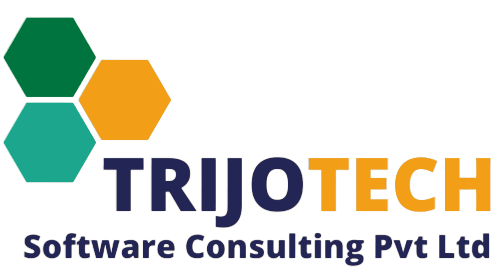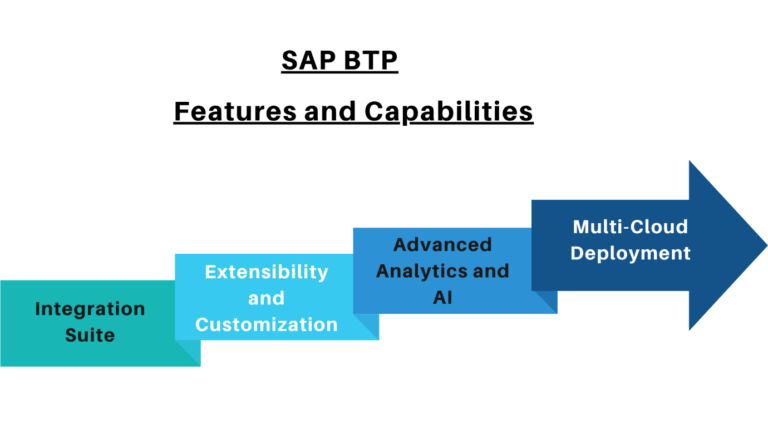Legal Consolidation
One of our Textiles Client and wanted to consolidate their various companies one Consolidation Group – *Super Textile Group of Companies.
- Super Textiles – Holding
- Subsid1 Textiles – Subsidiary
- Assoc1 Textiles – Associates
- ….
*Names of companies are indicative, not real names.
All these Entities / Companies actual exist in MCA – Ministry of Corporate Affairs (or in your country the relevant Legal body), so these are Legal Entities and the client wanted to see the Consolidated Financial Statements of Super Textiles Group of Companies.
What is done in Legal Consolidation?
- We combine the Balance Sheet, P&L / Income Statement and Cash Flow Statements to get the Consolidated Reporting.
- Intercompany Receivables & Payables is eliminated (transactions are removed in the consolidated statements and net balance sits in the Reconciliation Account) in the Balance Sheet.
- Intercompany Sales & Purchases are eliminated from the Profit & Loss / Income Statement to ensure there are no inflated sales / purchases happening between the group companies.
- Goodwill / Badwill is calculated during the consolidation process based on difference between Investment of Holding company versus the Share Capital of Subsidiary being purchased at a premium or discount. Goodwill is takent to Balance Sheet and Badwill / Negative Goodwill is generally adjusted in the Income Statement.
- Minority / Non-Controlling Interest is Calculated for the portion of Equity of the Subsidiary owned by external parties (not by the holding company)
- Relevant Accounting Standards
- IFRS 10 – Consolidated Financial Statements is applied
- IFRS 3 – Business Combination is applied
- IFRS 11 – Joint Arrangements & Joint Control
- IAS 27 – Consolidated & Separate Financial Statements
How do we setup Legal Consolidation / Prepare Consolidated Financial Statements using SAP Tools like SAP BPC or S/4 Hana Group Reporting?
- Setup the Consolidation Master Data pertaining to
- Legal Entities
- Partner Entities
- Chart of Accounts
- Currencies
- Audit / Document Types
- Configure Consolidation Methods to identify the types of Legal Entities/Companies (numbers are not fixed, you can define your own method code).
- 100 Holding
- 101 Subsidiary
- 20 Associates
- 50 Joint Ventures
- Setup the Consolidation Group / Ownership Structure and maintain the ownership percentages e.g. Holding Company H Own 90% in the subsidiary S. So, the same has to be captured in say Consolidation Group
- CG1 – EUR
- H 100% Holding EUR
- S 90% Subsidiary USD
- A 30% Associate EUR
- CG1 – EUR
- Perform Balance Carry Forward to bring in opening balances using closing balance of last year
- Load the Closing Balances for P&L and Balance Sheet & Movements on Balance Sheet like Additions/ Reduction / Transfers etc. on fixed assets.
- Perform Currency Translation (convert the standalone local currencies balances to group currency)
- Setup the reclassification / elimination Rules to perform
- Consolidation of Investment (COI)
- Eliminate Investment of Holding & Share Capital of Subsidiary
- Calculate Minority / Non-Controlling Interest
- Calculate Goodwill / Capital Reserve
- Intercompany Elimination
- Eliminate Intercompany Receivables vs Intercompany Payables
- Eliminate Intercompany Sales & Intercompany Purchases
- Intercompany Profit Elimination (in case of companies having value chain)
- Consolidation of Investment (COI)
- Prepare the Consolidated Financial Statements
- Consolidated Balance Sheet
- Consolidated P&L / Income Statement
- Consolidated Cash Flow Statement
- Consolidated Changes in Equity
Then What is Management Consolidation?
As you saw above that Legal Consolidation had focused on Legal / Statutory requirements of consolidation of financial statements (it is mandatory for companies exercising control over subsidiaries etc. by virtue of their investments).
But Management Consolidation / Managerial Consolidation does something similar jus that it is not mandatory or binding to the company. It is more from the Internal Control / Internal Management Reporting perspective. Additionally, the Consolidation of Investment is not a key or required area for Management Consolidation. Focus is more to:
- Eliminate Inter-Unit Transactions
- The Legal Entity structure is not the same in case of Management consolidation. Generally, we perform Management Consolidation to know Segment / Division wise P&L or Balance Sheet. We define the Group Structure in such as way that it can help in identification and removal of intra-segment transactions irrespective of the fact they happen in same company or different.
What does that mean? Let’s take an example:
A Group Company having Management Consolidation Group Structure with following segments
- Trucks
- Bus
- Cars
And F 3 Legal Entities
- E1 – Smart Wagon Europe
- E2 – Smart Wagon US
- E3 – Smart Wagon UK
We get following pair of Entities for Management Consolidation based on the table below:
| Bus | Truck | Cars | |
| E1 | Yes | Yes | |
| E2 | Yes | Yes | |
| E3 | Yes | Yes |
Management Consolidation entities
- E1_BUS
- E1_TRUCK
- E2_TRUCK
- E2_CARS
- E3_BUS
- E3_CARS
Now Assume an Intra Segment Sales happen between
| Gal Account | CONSOL Unit | Partner Unit | Time | Amount |
| IC Sales | E1_BUS | E3_BUS | 202001 | 1000 |
This will inflate the sales numbers of Segment BUS. So, we will have to eliminate such intra-segment transactions for BUS Segment.
The Purpose of Management Consolidation is to:
- Analyse the performance of different segments of the company / Group Companies
- Analyse the Profitability by BU / Segment
- Apply Guidelines of Internal Management for Consolidation of Business Units / Segments & Generate Financial Statements of Consolidation Unit.
- In certain cases, it can be pure roll up of entities to Segment where inter-segment scenarios are not much and Reporting can be simply done just by Entity hierarchy rollup.
- In many cases the Entities Hierarchy is defined differently for Management Consolidation compared to Legal Consolidation (most of the time)
- Some additional Consolidation scenarios like Zakat Calculation in Middle East uses Management Consolidation approach
- A travel company with offices in multiple geographies wants to consolidate its units by segment. These offices are not always created as legal entities, so Legal Consolidation might not be suitable.
- Additionally, Managerial Consolidation provides scenarios for performing allocations of revenue/costs, etc., when using shared services from a partner entity. For example, a Textile Company with a subsidiary for Paper Manufacturing & Power Generation. Power Unit is selling to both Textiles & Paper and also to 3rd Party Companies.
-
The most common use case involves obtaining profitability by segment, typically utilizing the Profit Center object for that purpose. In Managerial Consolidation, the Consolidation Unit is defined using Compcode + Profit Center.
To read more of our blogs you can surely click here.
check out other video blogs
Disclaimer : All the opinions are solely for information purposes and the author doesn’t recommend or reject any tools . It should be done after your own due diligence.










